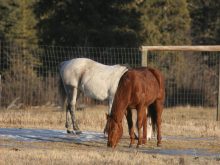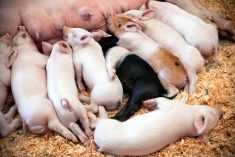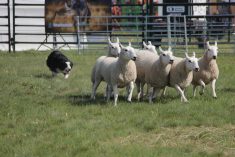CALGARY – Japan remains the primary target for beef exports, but the Americans continue to buy most of what Canada has to offer.
Figures from the Canada Beef Export Federation show the United States bought 96,188 tonnes of beef valued at almost $300 million between January and June of 1994, compared to 72,894 tonnes worth $230 million for the same time in 1993. That amounts to 95 percent of Canada’s beef exports.
A year-over-year increase has been recorded for Japanese sales, says Ted Haney, CBEF executive director. The federation’s goal is to substantially increase beef sales to the Pacific Rim.
Read Also

Why selenium is still an important factor in horse health
Selenium is an essential equine trace mineral that supports antioxidant defense, muscle integrity, immune function, metabolism and thyroid activity.
Up 53 percent
The Japanese bought 4,538 tonnes of beef, which is 53 percent more than they purchased for the same six month span in 1993. Japan is Canada’s largest Asian beef market.
Taiwan had the largest growth in tonnage for that same time frame, while Hong Kong logged the biggest increase in the dollar value of beef sales.
These sales to the Pacific Rim are encouraging because they represent the production of 48,000 Canadian cows, Haney said.
Business doesn’t boom
With the signing of the North American Free Trade Agreement, expectations of increased business with Mexico haven’t materialized. For the first six months of 1993, Mexico bought 844 tonnes of beef. That has dropped to 793 tonnes, costing $1.4 million in lost sales.
Sales to Mexico are being inhibited by non-tariff barriers, said Haney. “They’ve been changing the labelling regulations on an ongoing basis with a goal of disrupting trade from Canada and the United States.”
Mexico’s current labelling requirements demand an ink stamp be applied by hand on each box of beef, rather than a label. The stamp must be in Spanish, have the name of the beef supply company, establishment number, name of the product, and gross and net weight on the box, said Haney.
The dispute has been going on since July.















